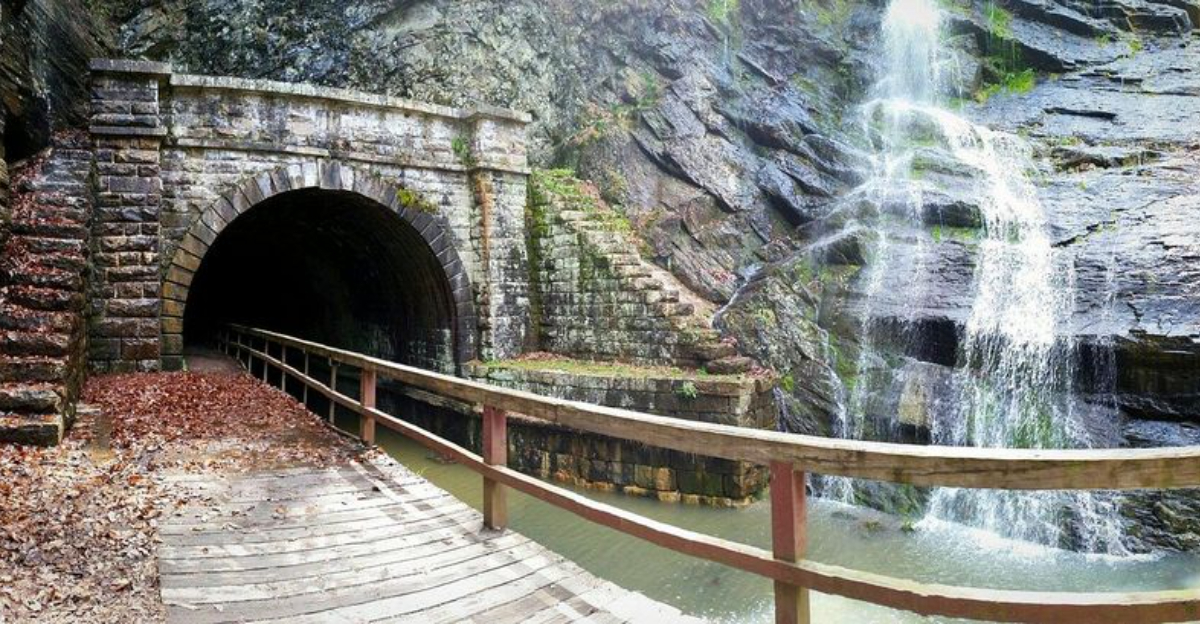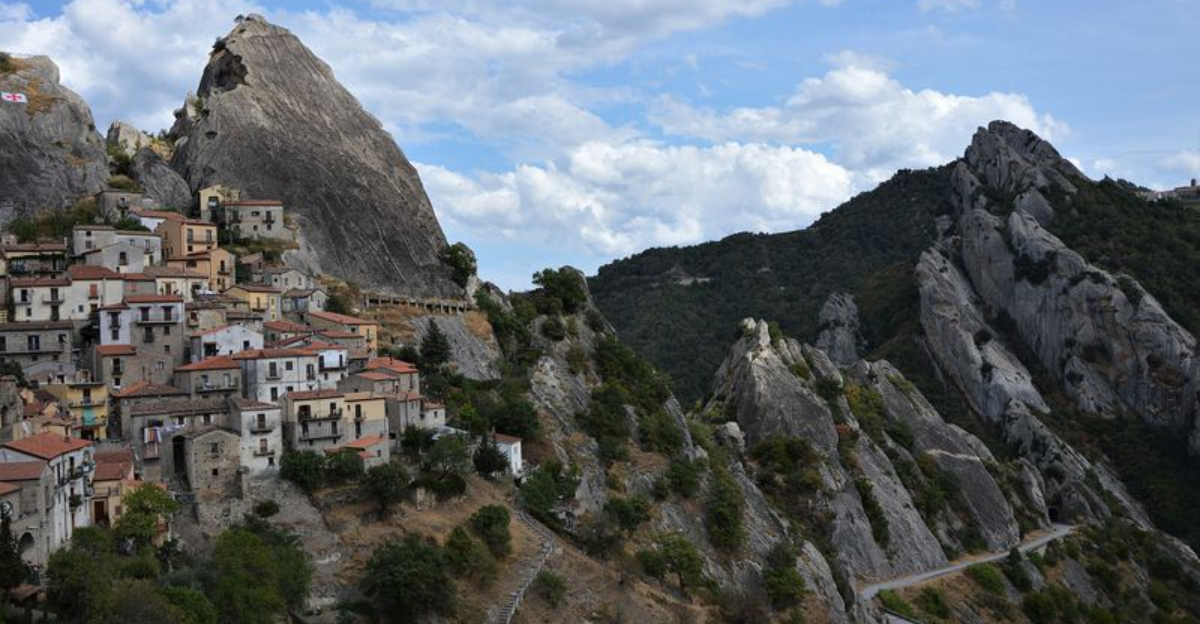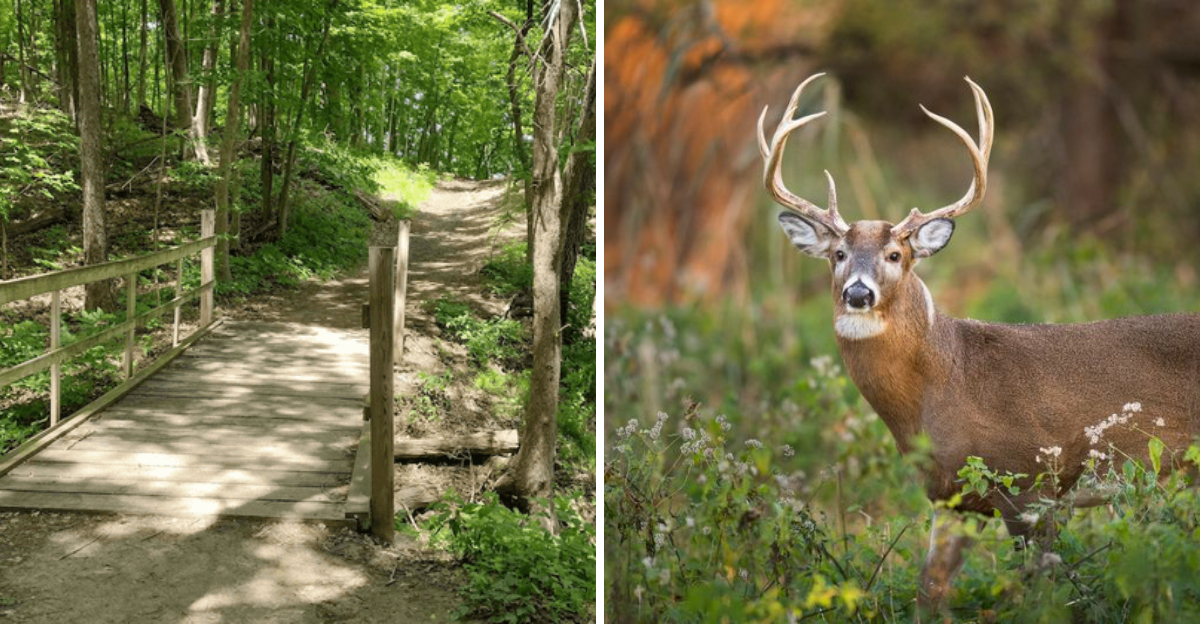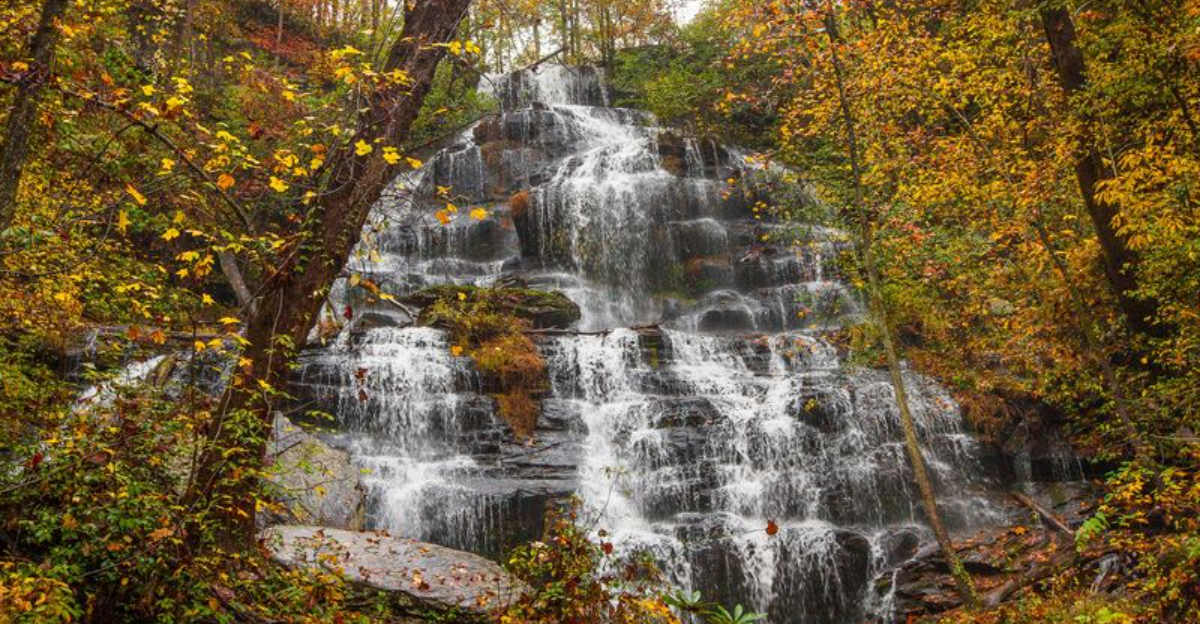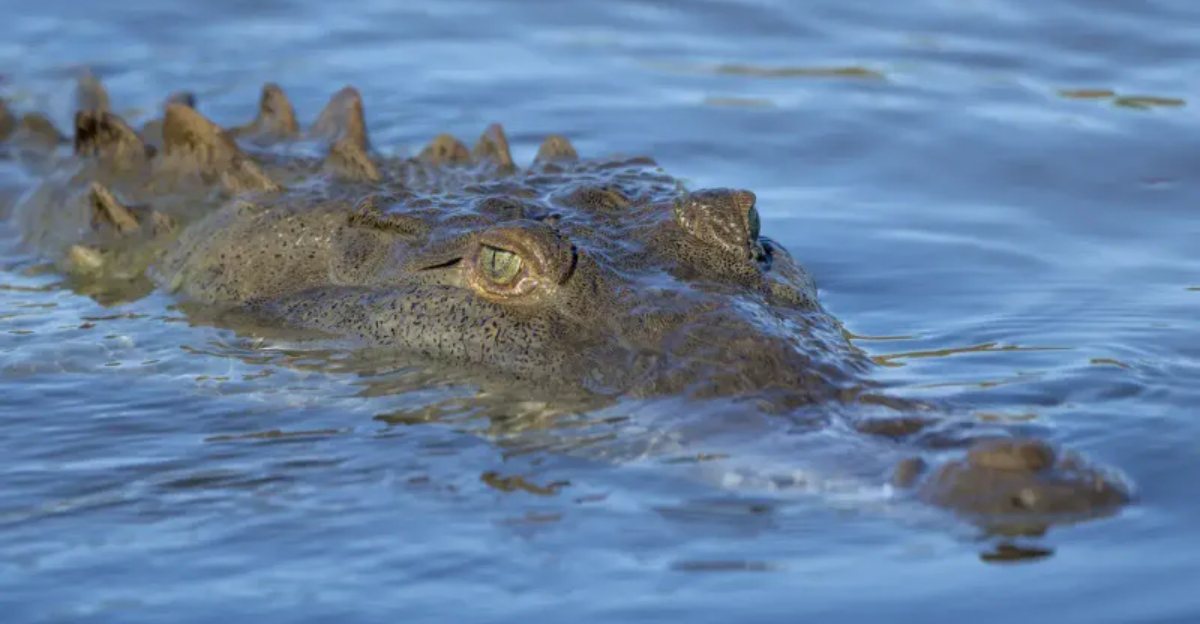Lewiston Is The Ultimate Historic Idaho Place That Flows With Small-Town Charm
Cradled where the Snake and Clearwater Rivers meet, Lewiston is an Idaho treasure that wears its history with pride.
Once the state’s first capital, this riverfront town still echoes with frontier spirit – Victorian storefronts, friendly cafes, and a downtown that feels like a step back in time.
Nature surrounds it, too, with trails and rolling hills framing every view.
Between the warmth of its people and the stories hidden in every corner, Lewiston proves small-town charm doesn’t have to be manufactured – it’s simply lived, one genuine moment at a time.
The Gold Rush Origins and Early Settlement

Gold fever brought the first wave of settlers to this riverside location back in 1861.
Prospectors flooded the area after precious metal discoveries in nearby mountains sparked a massive rush.
Lewiston quickly became Idaho’s first capital city, serving as the territorial seat of government.
Though the capital moved to Boise after just two years, the town had already established itself as a vital trading post and transportation hub for the entire region.
America’s Deepest River Gorge Gateway
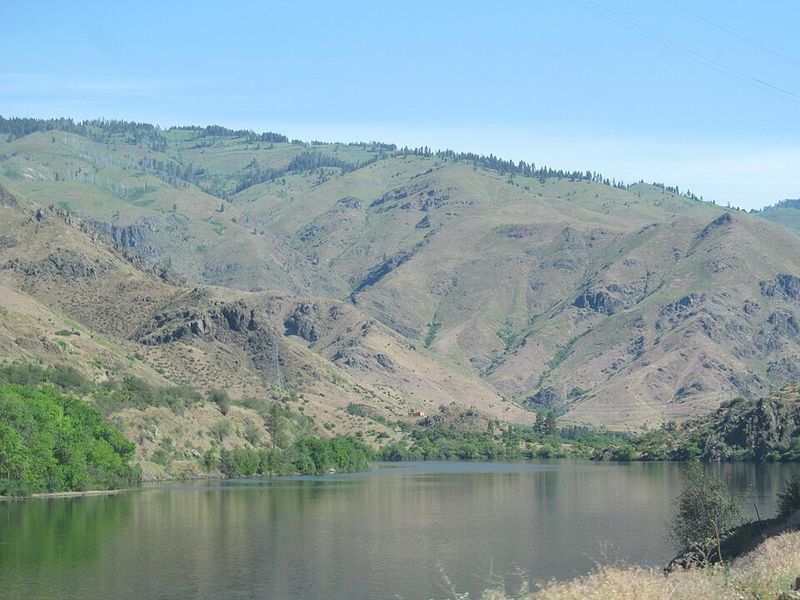
Just beyond town lies Hells Canyon, plunging deeper than even the Grand Canyon at over 7,900 feet.
This natural wonder draws adventurers from across the globe seeking whitewater rafting, fishing, and hiking experiences.
Lewiston serves as the primary launching point for canyon expeditions.
Tour companies operate daily trips down the Snake River, offering everything from gentle scenic cruises to heart-pounding rapids that challenge even experienced rafters.
The Seaport That Defies Geography
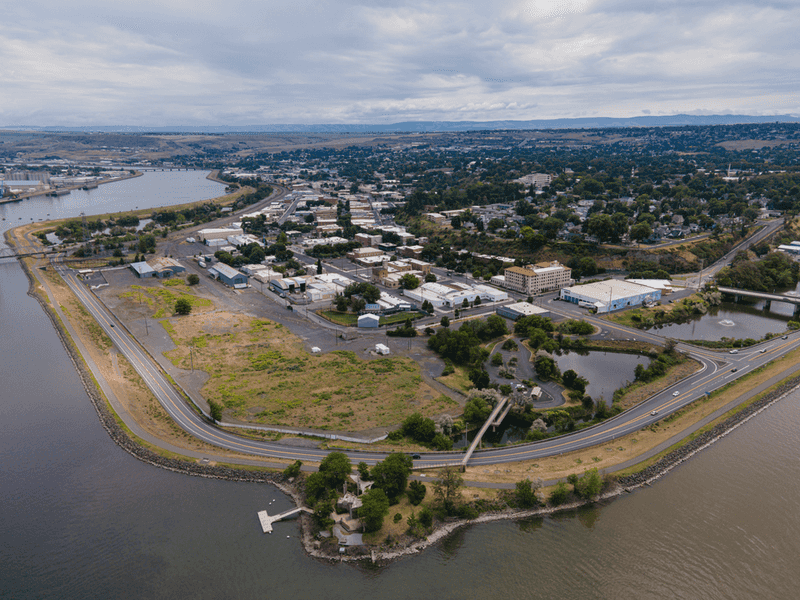
Believe it or not, Lewiston ranks as Idaho’s only seaport despite sitting 465 miles inland from the Pacific Ocean.
A series of locks and dams transforms the Snake and Columbia Rivers into a navigable waterway connecting the town to Portland and the sea.
Massive barges carry wheat, peas, and other agricultural products downstream to international markets.
This remarkable engineering feat makes Lewiston a critical economic engine for the entire Inland Northwest region.
Lewis and Clark’s Historic Campsite
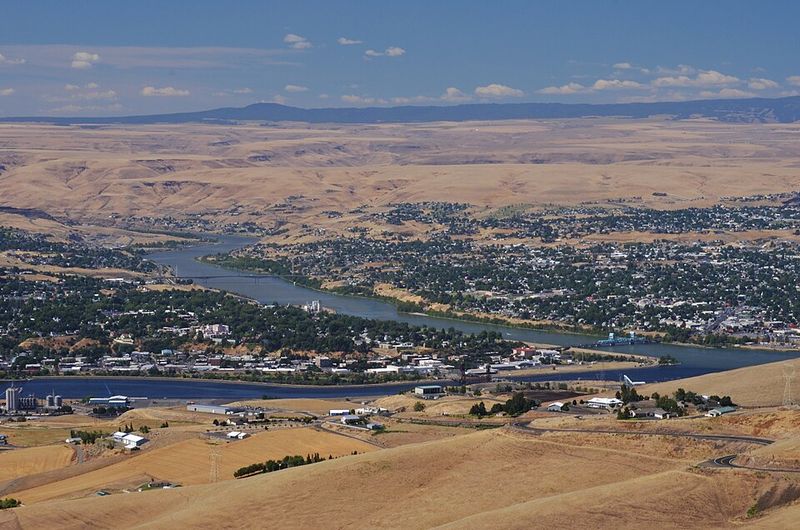
Long before the town existed, explorers Meriwether Lewis and William Clark camped at the confluence of the Snake and Clearwater Rivers in 1805.
Their expedition met the Nez Perce people here, who provided crucial assistance for their westward journey.
Today, visitors can explore several historical markers and interpretive centers celebrating this pivotal moment in American exploration.
The campsite location remains a popular spot for understanding the region’s indigenous heritage and pioneer history.
The Nez Perce Cultural Heritage
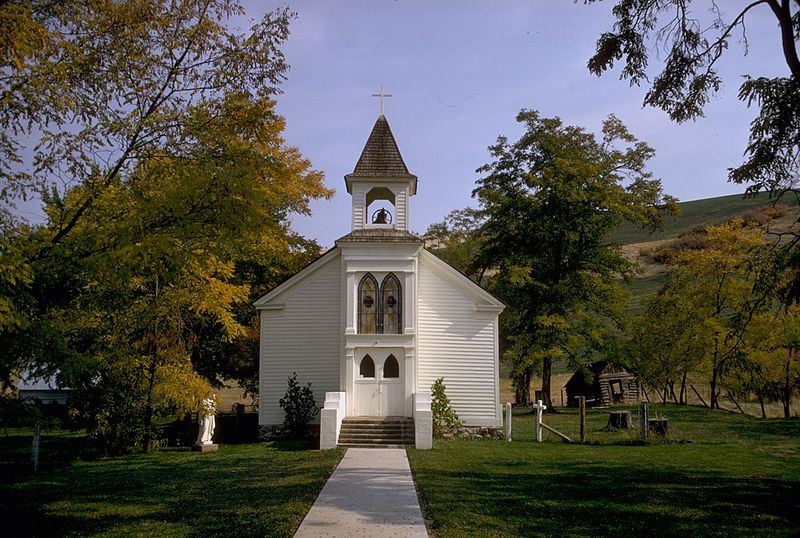
For thousands of years before European contact, the Nez Perce people thrived in this river valley, developing sophisticated fishing techniques and trading networks.
Their deep connection to the land shaped the region’s character long before Lewiston’s founding.
The nearby Nez Perce National Historical Park preserves sacred sites and tells stories of resilience, including the tragic 1877 flight toward Canada.
Museums and cultural centers throughout the area honor this rich indigenous legacy.

